Article by Jessica Van Slooten.
The phrase “pedagogy of care” started percolating in my brain late last summer as I crafted a full load of asynchronous online courses and wondered how to best care for the students in my classes—and myself. What would a pedagogy of care look like, and how best to put this care into action?
I found that other scholars of teaching and learning were using this language to frame a number of student-centered teaching practices. One fantastic resource is the Pedagogies of Care website https://sabresmonkey.wixsite.com/pedagogiesofcare created by the authors in the “Teaching and Learning in Higher Education” book series published by West Virginia University Press—folks like Kevin Gannon and UW System’s own Cyndi Kernahan, among others.
When I thought about where to start putting care into action, I decided that the first step was examining the workload in my courses for both students and myself. I wanted to acknowledge the real ways the pandemic shaped our individual and collective capacity for teaching and learning: increased competing demands outside of school/work, cognitive impact of ongoing stress and uncertainty, increased emotional labor that teaching during these times takes, among many other real impacts.
I mapped the most important values for me as a teacher. I decided to prioritize frequent communication with students to create presence and community in our asynchronous online courses. And, I wanted to prioritize timely feedback on student assignments. Given my course load and enrollment, this would only work if I had the space and time to do so.
To help figure out the issue of time, I consulted the course workload estimator 2.0, a valuable tool created by scholars at Wake Forest University. The creators of the calculator have figured out some estimations of how long it takes students to complete a variety of tasks. You enter information from your own course in the free, online tool, and it will estimate the time it takes students to complete these tasks. While the tool won’t work perfectly for all kinds of assignments, it does have some nuances that are especially useful for folks teaching reading and writing intensive classes; it recognizes different kinds of reading and writing and acknowledges that each kind takes a different amount of time.
When I first used the calculator, my courses were in the 12-14 hour/week range, and I wasn’t sure what to think. Was this acceptable? Too low? Too high? Rice University’s Center for Teaching Excellence includes an article “How Much Should We Assign? Estimating Out of Class Workload,” which provides advice for how to use a course workload calculator and make changes to your course. The authors claim that “there seems to be general agreement that the Carnegie Unit recommendation of two hours out of class for every credit hour […] is a perfectly reasonable expectation.” For a three-credit course, this would mean 6 hours of out-of-class work each week; adding in the time we would be in class if we were face-to-face brought the total to somewhere between 8 and 9 hours of work each week. Clearly, I needed to make some cuts to more courses to reach this level.
As I worked through how I would approach my class differently, I thought back to my first Scholarship of Teaching and Learning (SoTL) research project in 2011. In that project, I hypothesized that weekly blog posts would help students in my Women’s and Gender Studies classes learn important disciplinary concepts like the social construction of gender and intersectionality. After analyzing the data, I discovered that it wasn’t the quantity or repetition of assignments that determined their learning, but rather the concepts themselves—some concepts were easier to learn than others. I swiftly cut the number of blog posts, retooled other assignments to highlight these tricky concepts, and everyone benefited with fewer blog posts to write, read, and grade.
With these two data points—the course workload estimator and my prior research—along with copious reading about the perils of having too many discussion posts in online classes, I set on another path, guided by my ethos of care.
To further determine what concepts and skills to prioritize, I turned to my prior SoTL research in threshold concepts. This framework was developed by Ray Land and Jan Meyer in the early-mid 2000s. Their research suggests that each discipline contains concepts that have a number of features: transformative, troublesome, integrative, irreversible, and liminal, among others. (This extensive introduction and bibliography includes a useful description of these features). Learning these concepts transforms student learning and understanding. I find this framework helpful in determining essential concepts that build the foundation of my classes. Threshold concepts can be incredibly useful when streamlining class content and assignments to align with a pedagogy of care.
Luckily, one of the textbooks I use is structured around the threshold concepts model, and I was able to use it as a map through that class. For my other classes, I prioritized a handful of concepts and skills and paired readings and assignments with those skills, including regular lower-stakes assignments, and longer projects with various checkpoints throughout the semester.
Admittedly, there are some challenges with this approach depending on your academic discipline. In the literature courses I teach, it can be difficult to choose readings that won’t surpass the ideal 8-9 hours of total student work/week range. I’m still learning how to make thoughtful adaptations to workload around reading—for example, we recently decided as a class to cut one novella from our reading list in the major authors class I’m currently teaching. There are only so many Jane Austen novels one can thoughtfully read and analyze in a 14-week semester.
Finally, the course workload estimator helped me in another way; cutting the number of assignments allowed me to provide more detailed and quicker feedback to students, one of the values I identified at the beginning of this process. Rather than simply filling out the online rubric and provided synthesis comments for the whole class, I now added several sentences of personalized feedback for each student. I used these comments to connect to their ideas, offer additional questions and possibilities, and steer them in the right direction, as needed. Students regularly shared that this personalized feedback was important to them, made them feel like I care about them and their learning, and helped them improve. My pedagogy of care has, for the most part, succeeded in allowing students and myself to continue to learn during challenging times. This framework will continue to be useful in the transformed post-pandemic world, as I anticipate teaching in a variety of modalities in upcoming semesters.
This blog post is based, in part, on materials presented during the UW-Green Bay 2021 Instructional Development Institute.
About Jessica Van Slooten
 Jessica is an Associate Professor of English, Writing Foundations, Women’s and Gender Studies, and Humanities as well as Co-Chair of the Women’s and Gender Studies Program. She has been actively involved in the Scholarship of Teaching and Learning (SotL) to inform her own classroom practices. Her SotL interests include scaffolding student learning, designing meaningful assignments, and assessing student learning in Women’s and Gender Study courses and programs at two- and four-year institutions.
Jessica is an Associate Professor of English, Writing Foundations, Women’s and Gender Studies, and Humanities as well as Co-Chair of the Women’s and Gender Studies Program. She has been actively involved in the Scholarship of Teaching and Learning (SotL) to inform her own classroom practices. Her SotL interests include scaffolding student learning, designing meaningful assignments, and assessing student learning in Women’s and Gender Study courses and programs at two- and four-year institutions.

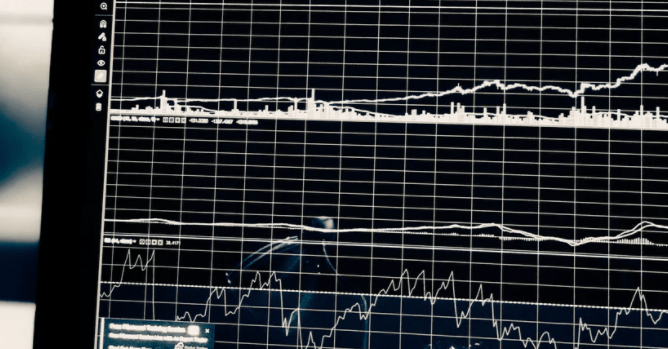
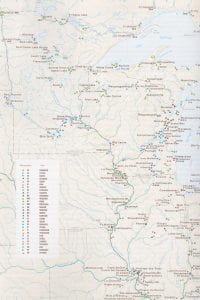
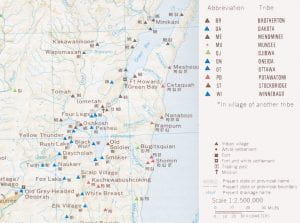
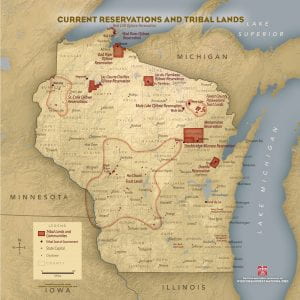
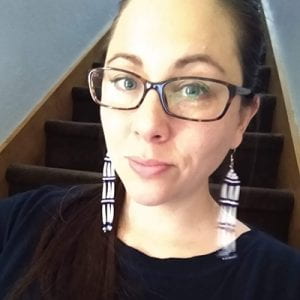

 James is an Associate Professor of Chemistry with research interests that are largely Scholarship of Teaching and Learning (SotL) based, including the incorporation of pseudoscience-based projects in support of information literacy, and the support of student mental health in the classroom. James also actively develops Open Educational Resources (OERs) for use in the chemistry classroom.
James is an Associate Professor of Chemistry with research interests that are largely Scholarship of Teaching and Learning (SotL) based, including the incorporation of pseudoscience-based projects in support of information literacy, and the support of student mental health in the classroom. James also actively develops Open Educational Resources (OERs) for use in the chemistry classroom.